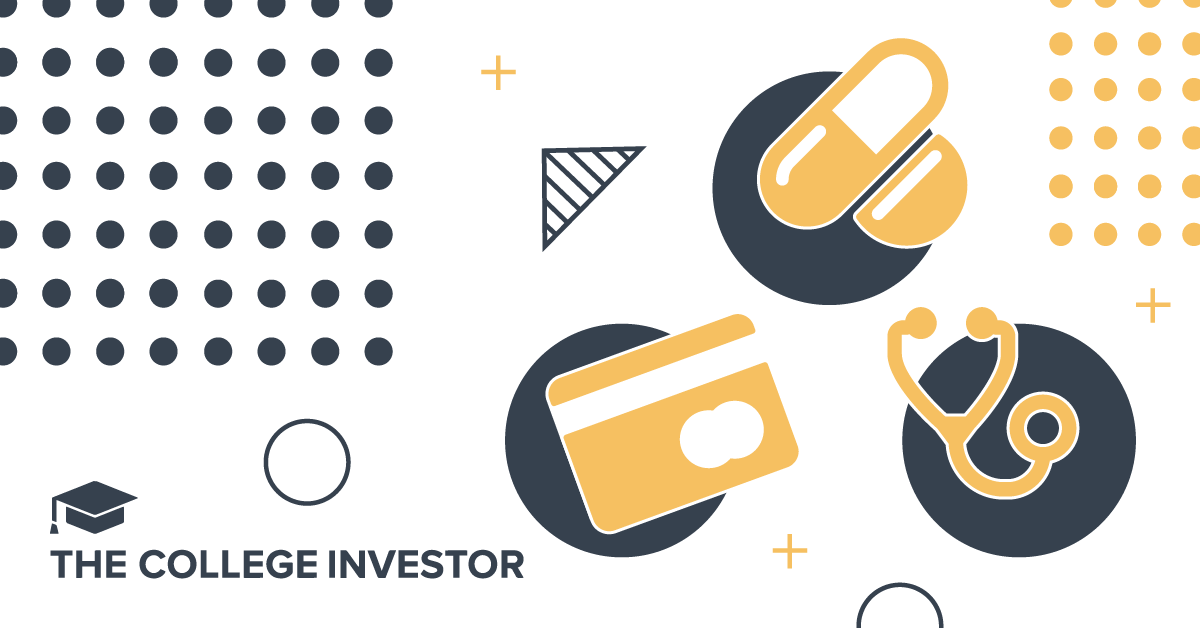How Credit Cards Keep You in Debt—and What You Can Do


At a recent event, I had the opportunity to work closely with a group of first-generation professionals. Many of them were building careers, navigating new industries, and managing finances independently for the first time. These were ambitious individuals doing their best to succeed, but still figuring out how the U.S. financial system works, especially when it comes to credit.
While I was seated at a table, I overheard a conversation that stopped me in my tracks. Someone shared that they had just spent $2,500 at a department store, buying clothes for their new professional job. It was framed as a necessary investment in their appearance and career, which I deeply understood. But it also took me back to my own story in 2008—the moment I first experienced what it felt like to have access to money I didn’t actually have.
That year, I received my first promotion. My boss handed me the company credit card and told me to buy what he called “uniforms”—professional outfits I’d wear to represent the company. “Keep it under $500,” he said. I went to a department store, carefully selected three suits, and felt empowered. I was stepping into a new version of myself.
At the checkout, the clerk asked if I wanted to apply for the store’s credit card. It came with a zero percent interest offer, and without hesitation, I said yes. In that moment, it felt like an opportunity. It felt like access. I signed up for something I didn’t fully understand, a decision that introduced me to the reality of credit card debt and the emotional weight that often comes with it.
Over the years, I’ve worked with countless individuals who share similar stories through my agency. Particularly those who are new to the U.S., or who didn’t grow up with access to formal credit. For many first-generation professionals, credit cards can feel like a sign of financial independence. They offer flexibility, convenience, and a way to get what you need without waiting.
But without clear guidance, that access can turn into something much harder to manage.
If you’re someone who didn’t grow up learning how credit works, and now you’re facing growing credit card balances with no clear plan to pay them off, know this: you are not alone. And you’re not irresponsible. You are navigating a complex financial system that often rewards spending but rarely teaches the skills necessary to manage debt effectively.
This guide will walk you through the basics—what credit really is, how debt accumulates, and most importantly, how to begin paying off credit card debt in a sustainable way. Whether you’re balancing work, family, or adjusting to life in a new country, you deserve to understand your money and take back control of your financial future.
At its core, a credit card is a financial tool. It gives you access to borrowed money that you agree to repay, often with interest. Credit cards are considered unsecured debt, which means there is no collateral, such as a home or car, backing the loan. The only guarantee is your promise to repay the amount.
When you use a credit card, you’re not spending your own money. You are borrowing from a bank or lender, with the understanding that if you don’t pay it back quickly, you’ll owe more than you borrowed—often much more.
This is where understanding interest becomes essential.
Every credit card has an APR (Annual Percentage Rate), which is the yearly cost of borrowing money. This rate is often divided into a daily interest rate and applied to any balance you carry beyond your payment due date.
For example, an APR of 24 percent means you’re charged roughly 0.066 percent per day on your balance. That may not seem like much, but if you carry a $2,000 balance, that’s over $500 in interest in one year, and that’s assuming you don’t add anything else to the card.
Most people only pay the minimum payment each month. This might be $30 or $50, depending on your balance. However, when you only pay the minimum, you are primarily paying off interest, rather than your actual debt. It can take years to pay off your balance, and you may end up paying double or triple what you originally charged.
Using credit is not always about shopping sprees or lack of discipline. In many cases, it’s a matter of survival.
Today’s professionals are dealing with:
In fact, the average U.S. household carries a credit card balance of approximately $6,500, and for many, this number is increasing. People are using credit cards to manage basic needs, not luxuries. This is especially true for first-generation professionals who may be supporting others while also trying to build financial stability for themselves.
For many immigrants and first-generation earners, credit cards also feel like validation. After years of going without, it feels good to finally say yes—to the trip, the outfit, the dinner out. But when these purchases are made without a clear repayment plan, debt can pile up quickly.
There is also the emotional side of credit.
When you’ve grown up with scarcity or financial insecurity, spending money can feel like reclaiming control. And in our fast-paced culture, spending for convenience has become a quiet trap.
Recently, I found myself frustrated because my car remote stopped working and I had to unlock the door manually. That moment reminded me how much I’ve grown used to paying for ease—whether it’s a coffee run, food delivery, or an express car wash. These small charges may feel harmless, but over time, especially when placed on credit, they add up.
Part of gaining control over your finances is becoming aware of these patterns—not to judge yourself, but to make more conscious decisions about where your money is going.
Another thing to know: credit card companies are not neutral. They make money when you carry a balance, miss a payment, or open multiple cards. If you’ve ever signed up to track your credit score online, you’ve likely been flooded with offers for new cards.
Introductory offers like zero percent interest for the first year are designed to attract borrowers. But if you don’t pay off the balance before the promotion ends, your rate often jumps—sometimes up to 25 percent or more. And the interest may be retroactive.
Without a plan, these cards can quickly transition from helpful to harmful.
You don’t need a complicated budget to begin. What you need is clarity and consistency.
Here’s a step-by-step starting point:
List each of your credit cards with the following:
Focus on paying extra toward the card with the highest APR while making minimum payments on the others. This is known as the avalanche method, which saves you the most money in interest.
Set up automatic minimum payments for all your cards. Add an extra $25 to $50 to your highest-interest card each month.
Take one week to look at every transaction. Notice where your money is going and where you might be spending out of habit, convenience, or emotional triggers.
Ask yourself: What do I want my money to support? What matters most to me right now? Let these answers guide your next financial decisions.
Credit card debt is not a personal failure; it’s a financial issue. It is often a result of navigating a system that was never explained clearly. If you didn’t grow up talking about money, interest, or credit limits, you are learning in real-time. That takes strength, not shame.
Credit is a tool, and I don’t want you to feel like it’s something you should never touch. When used wisely and intentionally, it can support your goals. The key is understanding how it works and being proactive, not reactive.
Your past financial decisions do not define your worth. From this point forward, focus on building your savings, clarifying your values, and becoming more aware of your spending habits. These small yet powerful shifts can significantly alter your financial trajectory.
Your future self will thank you for every intentional step you take today.
If credit card debt or any other type of debt has taken over your peace of mind, consider the value of working with a trusted team that can help you develop a clear debt payoff plan. You do not need to figure everything out alone.
A personalized plan can help you:
Your time is valuable. Your money matters. Let’s make a plan that supports both.

At a recent event, I had the opportunity to work closely with a group of first-generation professionals. Many of them...

HSAs and FSAs both help you pay for medical expenses with pre-tax dollars. HSAs offer long-term savings and investment potential...

“Should I pay down my credit card debt or put more into my 401(k)?” “Will contributing to my 401(k) account...